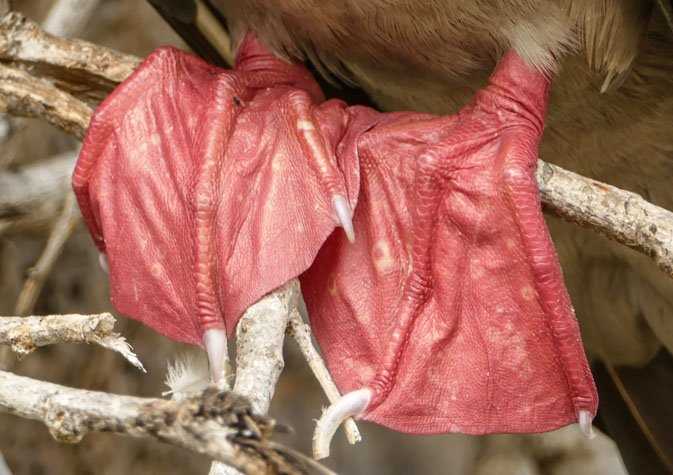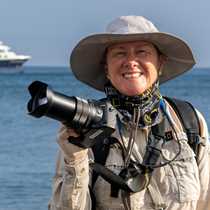Genovesa Island is unique, even in an archipelago full of unusual islands. It is low and flat, yet volcanic. From satellite images, it reminds people of a parrot’s head; inside the beak is Darwin Bay, a caldera of deep, deep water. Yet around the outside edges, the water is only 100 feet deep. Inside, areas of over 600 feet descend to depths as yet unexplored.
But we came to explore the life above sea level, primarily. As many isolated, oceanic islands, it has attracted sea birds by the millions. Galapagos wedge-rumped storm petrels nest under the thin layer of lava along the outer coast – I doubt anyone has done a census in many years. Red-footed boobies by the hundred-thousands, and great frigatebirds the same. Red-billed tropicbirds search the inner and outer cliffs for cracks and crevices where they may lay eggs and raise their young.
The waters around the island are home to any number of species – endemic fur seals, hammerhead sharks, turtles and all the various fish species that support the avian life on the island.
The day was spent surrounded and immersed in life, the struggle for survival, the exhilaration of survival to see another day.







